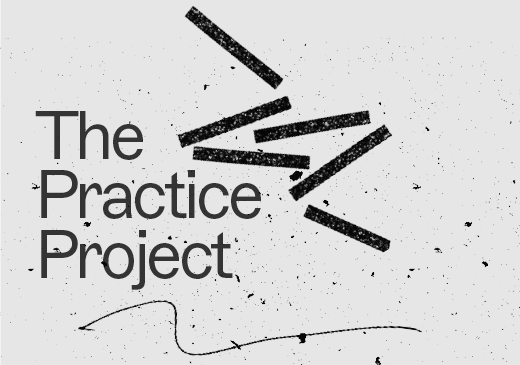Introduction
Learning and playing a piece of music from memory, after very little practice, can seem like a superhuman ability - especially to novice musicians. The key lies not only in having strong motor and auditory memory, but also in a lesser-explored domain: structural memory.
This blog examines the power of structural memory in learning music, and the key role of performance cues in that process, drawing specific insights from Roger Chaffin's 2007 research paper, ‘Learning Clair de Lune: Retrieval Practice and Expert Memorization’.
Structural Memory
As we grow older, our motor memory and auditory memory can falter. To truly master a new piece of music, we need to combine our motor and auditory memory with structural memory - an understanding of the properties and patterns of a piece. By doing so, we can perform the music with reliability and flexibility, crucial traits for any musician.
Chaffin’s study tracked an expert pianist as she learned Debussy’s Clair de Lune over roughly 5 hours of practice sessions, spread out over 2 weeks. During each session, the pianist provided a verbal commentary, so that the research team could determine what specifically she was paying attention to as she practiced, and where in the piece she had difficulty with memory retrieval, accuracy or technique.
What became evident was that the pianist employed a very conscious and deliberate cognitive process to help her memorise the piece. From the first practice session, she looked for the overarching patterns in the music, to aid her memorisation process, and also divided the piece into discrete sections using different performance cues. By the second practice session, the pianist was playing parts by memory, and by the fourth session - after further repetition to self-test her memory and technique - she had memorised the entire piece.
The methodical, structured process adopted by the pianist illustrates the vital role of recognising and understanding musical structure when initially learning - and then memorising - new pieces, and then going on to achieve fluency in performance. To an extent, the pianist did of course rely on motor memory and auditory memory - especially during the consistent repetition of certain sections.
But she built her long-term, foundational memories of the piece through a fundamental understanding of the structure of the music - which she then segmented and anchored using performances cues, to accelerate memory retrieval, and therefore accuracy and fluency.
Performance Cues
Performance cues are markers in a piece of music that link to a musician’s prior knowledge and, in particular, to musical patterns and other structures which the musician has already learnt from other pieces. They can encompass a broad spectrum of cues - from fairly basic technical elements, like particular scales or fingerings, to more complex ones such as the harmonic and melodic properties of a piece.
During his research study, Chaffin described four main types of performance cues used by musicians (although there may be others):
- Basic cues, such as fingering decisions or specific scales, chords or arpeggios.
- Structural cues indicating the different sections of a piece of music, or the boundaries of those sections.
- Expressive cues i.e. the feelings the musician wishes to convey to the audience when playing the relevant part of the piece.
- Interpretive cues - for example, manipulating the dynamics for a crescendo.
Once a musician has grasped the essential properties or structure of a new piece, an encoding process starts to occur during practice, to create the musician’s structural memory of the piece. Different performance cues are allocated by the musician to different sections, to form mental landmarks or anchors for the musician - allowing him or her to initially navigate the piece of music, and then properly commit it to memory during subsequent practice sessions.
Key Insights
To quickly recap, from the very first practice session, the pianist at the centre of Chaffin’s study organised her memory according to the overall structural qualities of the music. She then anchored different sections of the music in her memory, using different performance cues. Lastly, she repeatedly tested and re-rested her memory and technique, to improve the accuracy and fluency of her performance.
The results of Chaffin’s study contain some important insights for musicians and music educators, in terms of the cognitive process of learning and memorising new music:
- Taking some time to understand the basic musical patterns or structures of a new piece, right at the outset, is vital for learning, memorisation and performance.
- Using performance cues as memory landmarks or anchors help break the music down into smaller, more digestible sections.
- Memorising the music section by section is more manageable and increases the speed and effectiveness of the learning process.
Conclusion
When faced with the task of learning and memorising a new piece of music, novices and more accomplished musicians might well approach the process very differently - because of their varying breadth of musical knowledge. As such, the speed of the cognitive process is likely to be different for a novice compared to a more seasoned musician. But the process of building structural memory will typically be the same, whatever a musician’s level of knowledge and experience.
Performance cues are integral in helping us to understand - and then to practice, memorise and perform - a new piece of music. As new musicians gradually increase their repertoire, their ability to understand and organise the structure of each new piece improves, and the performance cues at their disposal become more numerous and varied. So the development of structural memory is very much an iterative process for musicians.
